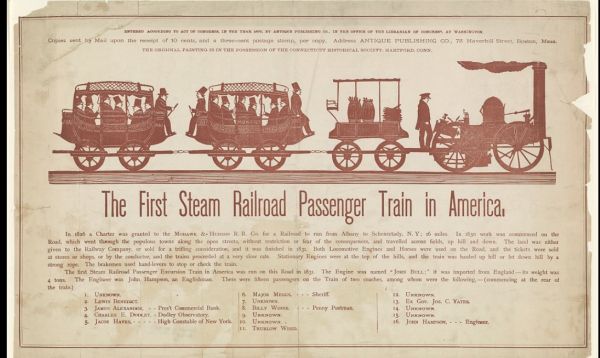In the early 1800s, the United States was large, and travel across it was slow and uncertain. Roads often turned to mud in spring and froze in winter. Canals could be useful, but only in certain regions, and they closed in cold weather. Rivers did not always take people where they wanted to go. The Appalachian Mountains blocked the path between eastern cities and the lands to the west. Farmers and towns struggled to get their goods to market in a reliable way.
Railroads began to change that. Short lines appeared in the 1830s and 1840s. The Baltimore and Ohio Railroads connected inland trade to ports. The Mohawk and Hudson in New York carried passengers and cargo between rivers. In South Carolina, a line stretched over one hundred miles. It connected the coast to the interior. Soon, trains could move people and goods faster than ever before. A wagon could take days to cross the mountains. A train, however, could do it much faster and at a lower cost. Farmers earned more profit. Factories created more goods for new buyers. Cities received regular shipments of food and raw materials. By the 1850s, passenger trains hit speeds of forty miles per hour. Freight also moved faster than wagons or canals could ever manage.

The First Steam Railroad Passenger Train in America
As these regional networks spread, Americans began to imagine an even greater connection. The idea of a railroad reaching from the Atlantic coast to the Pacific captured attention. Politicians and business leaders debated the best routes. Surveyors examined paths through the Great Plains and over the Rocky Mountains. Some thought it might unite the nation and could also open new markets to the West. Newspapers discussed the possibilities of such a railroad. New maps revealed possible routes across the continent.
Regional railroads changed daily life in towns and cities, and by the mid-1800s, people were dreaming of a railroad that would link the Atlantic to the Pacific. That dream showed how quickly railroads had become essential to American life and how much people believed new technology could shape the nation’s future.
